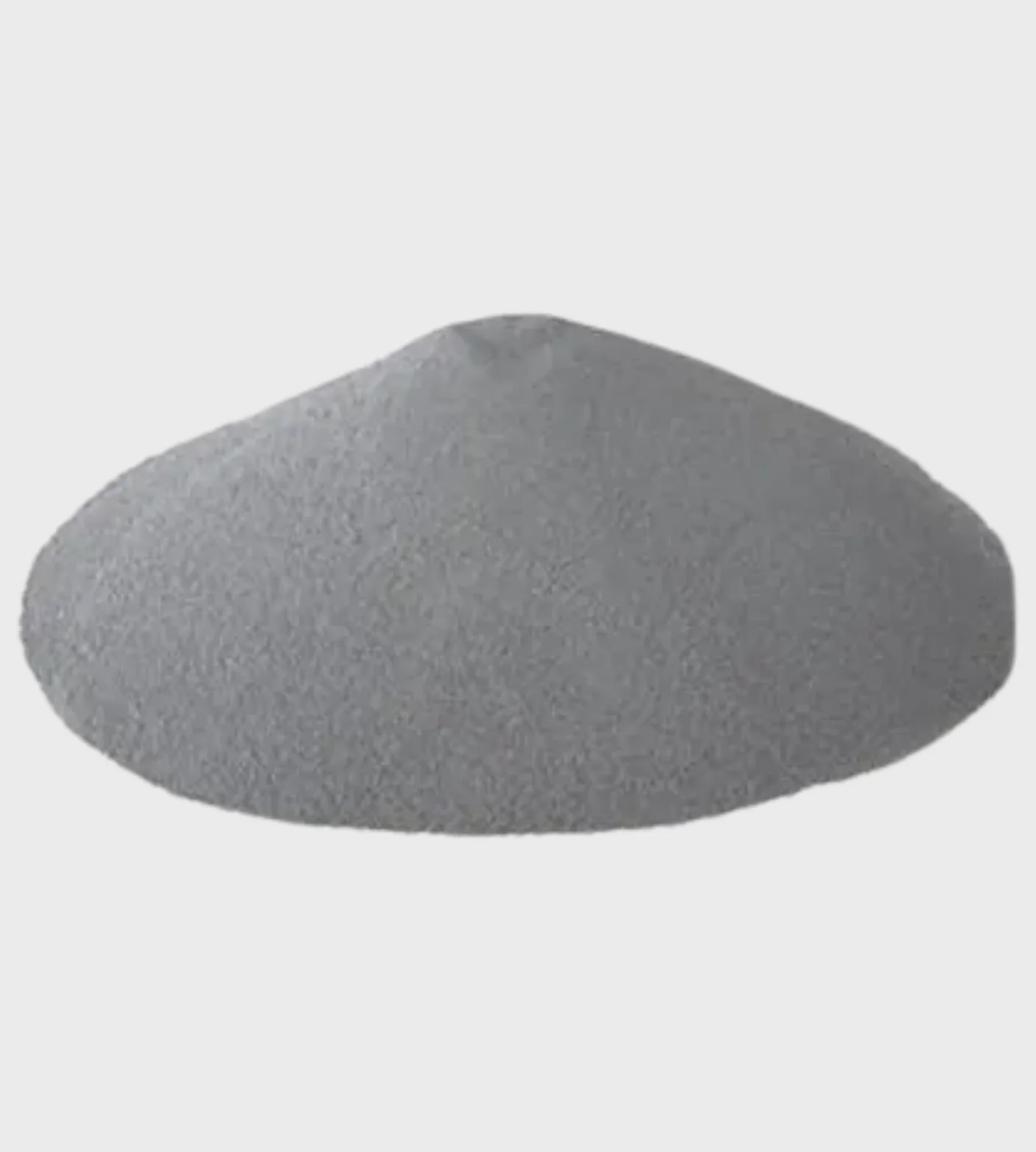Castable Cements

Castable Cements
Castable refractories are characterized by several key specifications including maximum service temperature, bulk density, cold crushing strength, and thermal conductivity. These properties vary depending on the type of castable (e.g., conventional, low cement, insulating) and its intended application. Understanding these specifications is crucial for selecting the right castable for a specific high-temperature or corrosive environment.
Key Properties and Specifications:
Maximum Service Temperature:
This indicates the highest temperature a castable can withstand without significant degradation. It can range from 1200°C to 1800°C for standard castables, with some high-performance options reaching 3000°C.
Bulk Density:
Measured in grams per cubic centimeter (g/cm³), it reflects the density of the castable. Heavy castables have a density greater than 2.0 g/cm³, while insulating castables can be as low as 0.4-1.0 g/cm³.
Cold Crushing Strength (CCS):
Measured in kg/cm², this indicates the castable’s ability to withstand compressive forces at room temperature. Higher CCS values indicate greater strength.
Thermal Conductivity:
Measures the rate at which heat passes through the material. Insulating castables have low thermal conductivity, making them effective for heat retention.
Permanent Linear Change (PLC):
Represents the dimensional change of the castable after heating, which is important for maintaining the integrity of the lining.
Erosion Loss (EL):
Indicates the material’s resistance to wear and abrasion in high-temperature and/or corrosive environments.
Cement Content:
Castables are classified based on cement content (conventional, low cement, ultra-low cement, and no cement).
Composition:
Based on the aggregate, binders, and other additives, castables can be categorized into clay, high alumina, siliceous, magnesia, etc.
Types of Castable Refractories:
Conventional Castables: Easier to install, lower cost, good for moderate temperature applications.
Low Cement Castables: Better high-temperature strength and thermal shock resistance.
Ultra-Low Cement Castables: Superior hot strength and resistance to chemical attack.
Insulating Castables: Excellent thermal insulation properties, often used as backup linings.
Applications:
Castable refractories are widely used in various industries, including:
Iron and Steel: Reheating furnaces, annealing furnaces, ladles, tundishes.
Power Generation: Boilers, incinerators.
Petrochemical: Reactors, furnaces.
Cement: Rotary kilns.
Other: Kilns, incinerators, and various high-temperature industrial equipment.
Installation:
Castable refractories can be installed by casting, gunning, or manual application, depending on the specific application and the properties of the castable.
